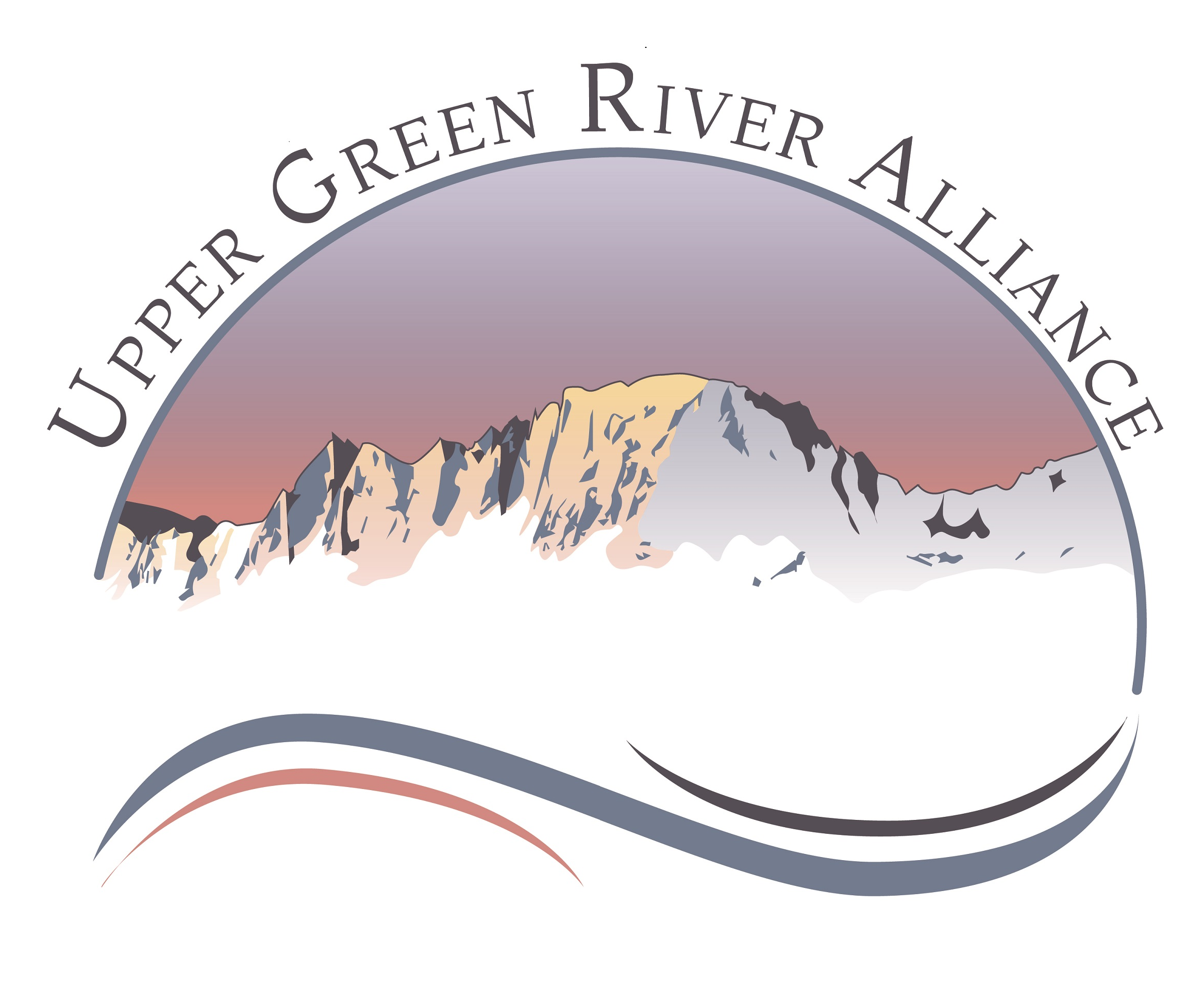Wyoming’s Officially Designated Mule Deer Migration Corridor
The longest-known migration corridor for hooved mammals in the lower 48 states lies along the foothills of the Wind River Range, traversing the length of the Upper Green River Valley.
Following ancient pathways once used by bison, elk and mammoths, mule deer move through the very same places each spring and fall.
Mule deer must migrate to access important habitats throughout the seasons. Migrations northward during the spring follow a slow progression of melting snows and green growth. In the fall, the migration is more like a sprint south to get ahead of winter weather and avoid deep snow and harsh winds.
Migration corridors are the critical link between summer and winter range and must remain intact, unimpeded by barriers like tight, 5-strand fences. These habitats are crucial, and must be protected from human disturbance, degradation and fragmentation.
Upper Green River Basin Mule Deer Crucial Winter Range
Mule deer crucial winter range rings the Upper Green River Basin, providing our valued deer herds with valley-wide options for movement throughout the seasons. These critical winter ranges need to be considered in local, state, and federal land-use planning in order to sustain our mule deer populations.
Pinedale Anticline Mule Deer vs. Sublette Mule Deer Populations 2001-2017
A 17-year, scientific study, “Mule Deer Monitoring in the Pinedale Anticline Project Area”, with 2 years of pre-development and 15 years post-development data, revealed that deer consistently avoided energy infrastructure and did not habituate to disturbance.
The Sublette mule deer herd segment that winters on the Mesa, (now the Pinedale Anticline gas field) is 43% smaller than it was before the oil and gas boom.
Loss of winter habitat is not mitigated by off-site “conservation” easements, or expensive, ineffective efforts to replace it. Less winter range simply means fewer deer, resulting in long-term population decline.
Our Mule Deer Deserve Better
To Protect Our Wildlife
- In 2016 the Wyoming Game and Fish Commission designated big game migration bottlenecks and stopover areas as “Vital” and recommends no significant declines in species distribution or abundance or loss of habitat function.
- The 2019 Western Governors’ Association policy, “Wildlife Migration Corridors and Habitat” recognizes that, “Migration corridors and habitat play a crucial role in maintaining the health and vitality of fish and wildlife species in the West.”
- The Wyoming Migration Initiative is, “Advancing the understanding, appreciation, and conservation of Wyoming’s migratory ungulates by conducting innovative research and sharing scientific information through public outreach.”
- Department of the Interior (DOI) Secretarial Order 3362 and Wyoming Action Plan, “Improving Habitat Quality in Western Big-Game Winter Range and Migration Corridors” helps conserve priority corridors and winter range.
- DOI directs the Bureau of Land Management to review and amend existing management plans that recognize big game migration corridors and winter ranges as important wildlife habitats to retain and enhance the long-term functionality of these habitats.

